L’île de Giannutri est la plus méridionale de l’archipel toscan, située à une dizaine de kilomètres au sud de l’île du Giglio.
De forme allongée (environ 5 km de long), elle est réputée pour ses eaux cristallines et sa nature sauvage.
Son territoire fait partie du Parco Nazionale dell’Arcipelago Toscano, ce qui garantit une protection stricte de l’environnement.
On y trouve des falaises rocheuses, de petites criques isolées et une végétation méditerranéenne dense.
Giannutri est également célèbre pour ses fonds marins, riches en biodiversité et prisés des plongeurs.
L’île possède des vestiges romains, notamment la villa de l’empereur Domitien, dominant la mer.
Il n’y a pas de villages organisés : seulement quelques maisons et un petit port.
C’est une destination idéale pour une excursion nature entre mer, histoire et randonnée.
How to Visit the Island & Things to See / Do
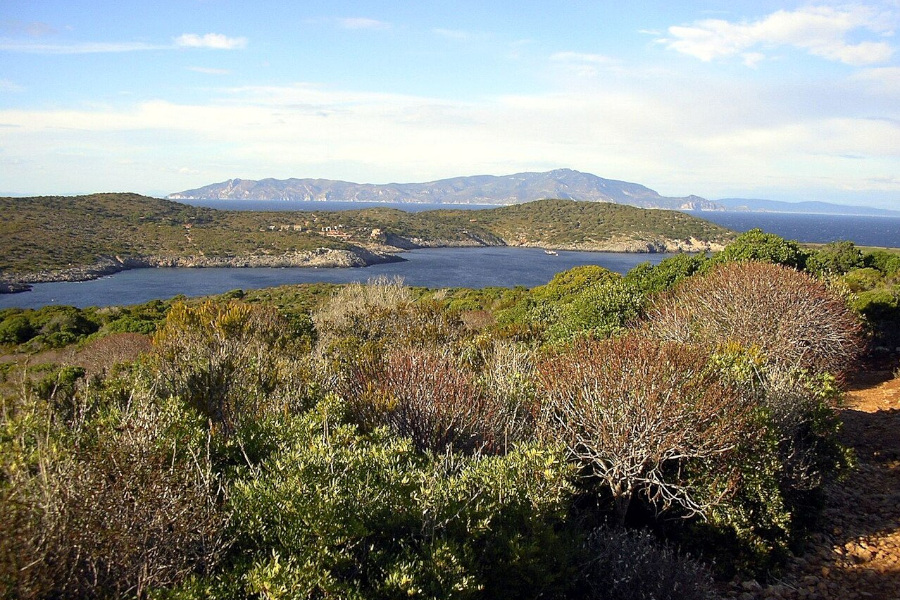 Access: by boat only: connections and excursions from Porto Santo Stefano or Giglio Island. Reservations are especially recommended during high season.
Access: by boat only: connections and excursions from Porto Santo Stefano or Giglio Island. Reservations are especially recommended during high season.
- Villa Domiziana: guided tours of the Roman complex (mosaics, cisterns, terraces). Access is subject to regulations and schedules.
- Hiking: coastal and inland trails offering viewpoints and observation of Mediterranean flora.
- Beaches & Coves: Cala Spalmatoio (near the port) and Cala Maestra (more secluded); numerous small inlets accessible from the sea.
- Diving & Snorkeling: protected seabeds, rich marine biodiversity, sites suitable for both experienced and beginner divers.
- Birdwatching: migratory species pass through, making it interesting for ornithology.
- Nature Excursions: guided tours available with specialists in marine biology or local history.
- Practical Rules: no permanent accommodations, bring provisions, respect the park (no littering, protected restricted areas).
3) FAQ (5 Questions)
- Can you sleep on the island?
- No, there are no hotels or campsites; visits are generally day trips.
- Are the beaches freely accessible?
- Some coves are accessible (Cala Spalmatoio, Cala Maestra), but large parts of the coastline are protected.
- Do I need to book in advance?
- Yes, especially in summer. Excursions and guided tours of the villa may be fully booked.
- Can I bring a picnic?
- Yes, but it is mandatory to take your trash back and follow the park’s rules.
- What is the best time to visit?
- From May to September for regular boat connections and favorable conditions for swimming and diving.
4) Selection of Relevant Links
- Wikipedia — Giannutri
- Tuscan Archipelago National Park (Islepark)
- Parks.it — Tuscan Archipelago National Park
Where is the island of Giannutri and map
If you see this after your page is loaded completely, leafletJS files are missing.
Articles on the Tuscan Archipelago
- Islands of the Tuscan Archipelago
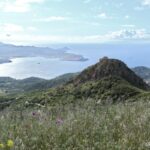 The Tuscan Archipelago National Park, established in 1996, covers approximately 61,000 hectares of land and 56,000 hectares of sea, making it the largest marine park in Europe. It includes the ...
The Tuscan Archipelago National Park, established in 1996, covers approximately 61,000 hectares of land and 56,000 hectares of sea, making it the largest marine park in Europe. It includes the ... - Elba island
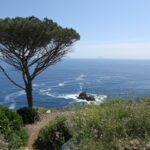 TheIsland of Elba is a heavenly place located more than 10 kilometers from the Tuscan coast. It is appreciated for its coast with its beaches, coves and diving sites, for its ...
TheIsland of Elba is a heavenly place located more than 10 kilometers from the Tuscan coast. It is appreciated for its coast with its beaches, coves and diving sites, for its ... - Giglio Island
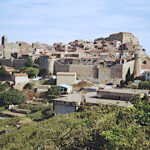 L’Île de Giglio, située au large de la côte toscane dans la mer Tyrrhénienne, à moins de 20 km du promontoire d’Orbetello, est la deuxième plus grande île de l’archipel ...
L’Île de Giglio, située au large de la côte toscane dans la mer Tyrrhénienne, à moins de 20 km du promontoire d’Orbetello, est la deuxième plus grande île de l’archipel ... - Capraia IslandCapraia est une petite île volcanique de l’archipel toscan, située en mer Tyrrhénienne à environ 62 km au nord-ouest de Livourne. C’est la troisième plus grande île de l’archipel après ...
- Pianosa Island
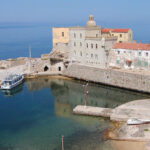 Pianosa, au cœur de l’archipel toscan, est une destination singulière qui attire aujourd’hui les visiteurs en quête de nature préservée et d’histoire insolite. Accessible uniquement dans le cadre d’excursions encadrées, ...
Pianosa, au cœur de l’archipel toscan, est une destination singulière qui attire aujourd’hui les visiteurs en quête de nature préservée et d’histoire insolite. Accessible uniquement dans le cadre d’excursions encadrées, ... - Montecristo Island
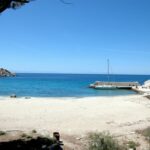 L’île de Montecristo est une petite île italienne située dans la mer Tyrrhénienne, au sud de l’île d’Elbe, faisant partie de l’archipel toscan. D’une superficie de 10,39 km², elle est ...
L’île de Montecristo est une petite île italienne située dans la mer Tyrrhénienne, au sud de l’île d’Elbe, faisant partie de l’archipel toscan. D’une superficie de 10,39 km², elle est ...


No Comments Yet